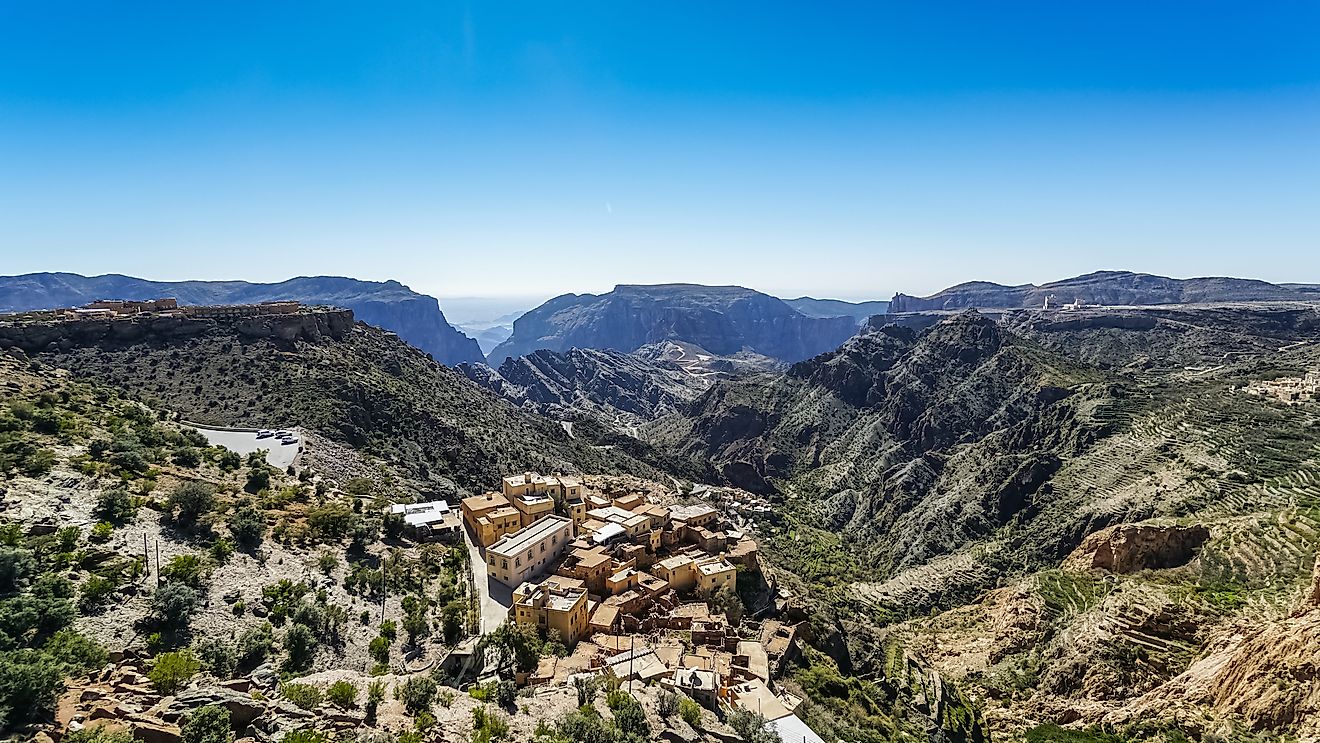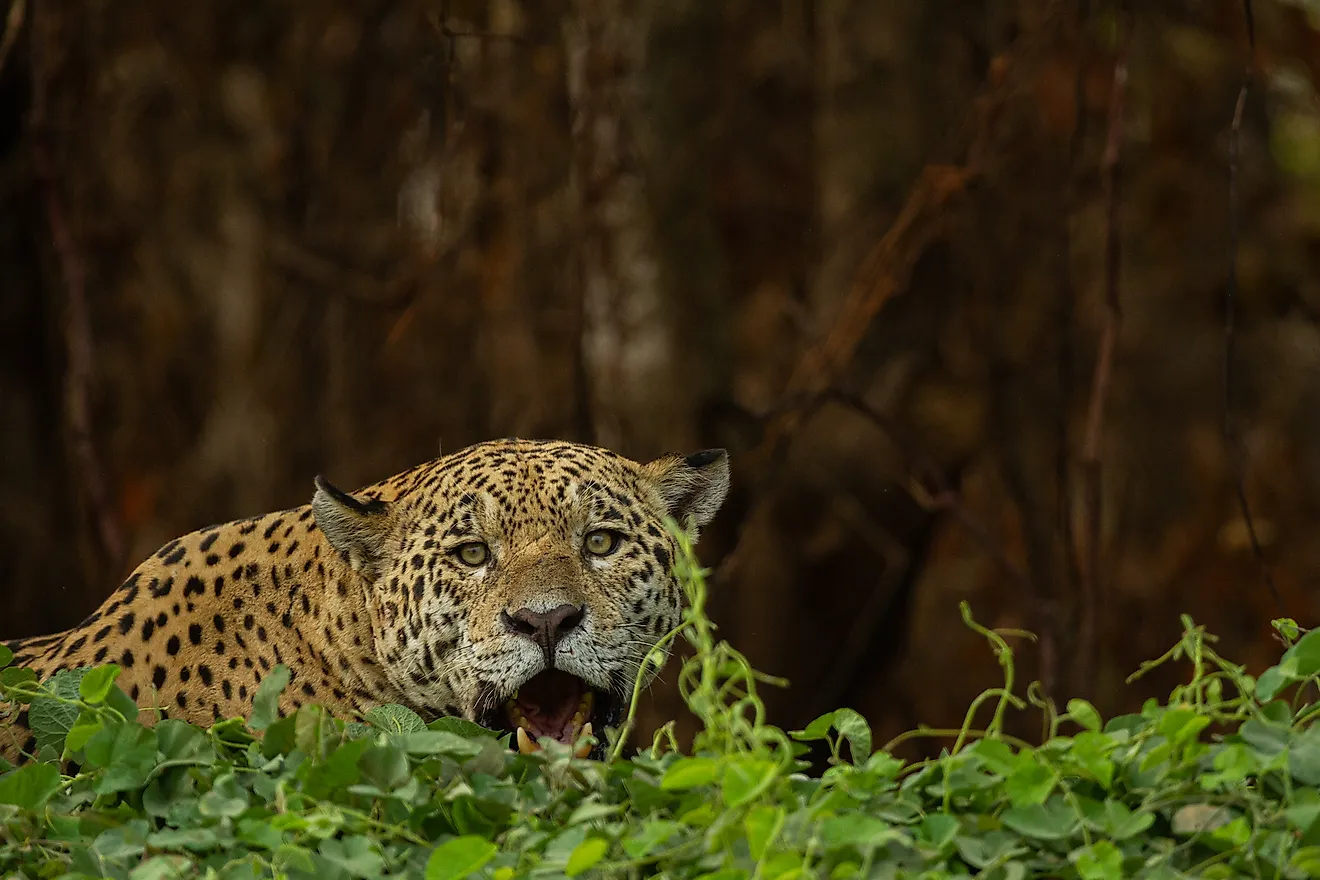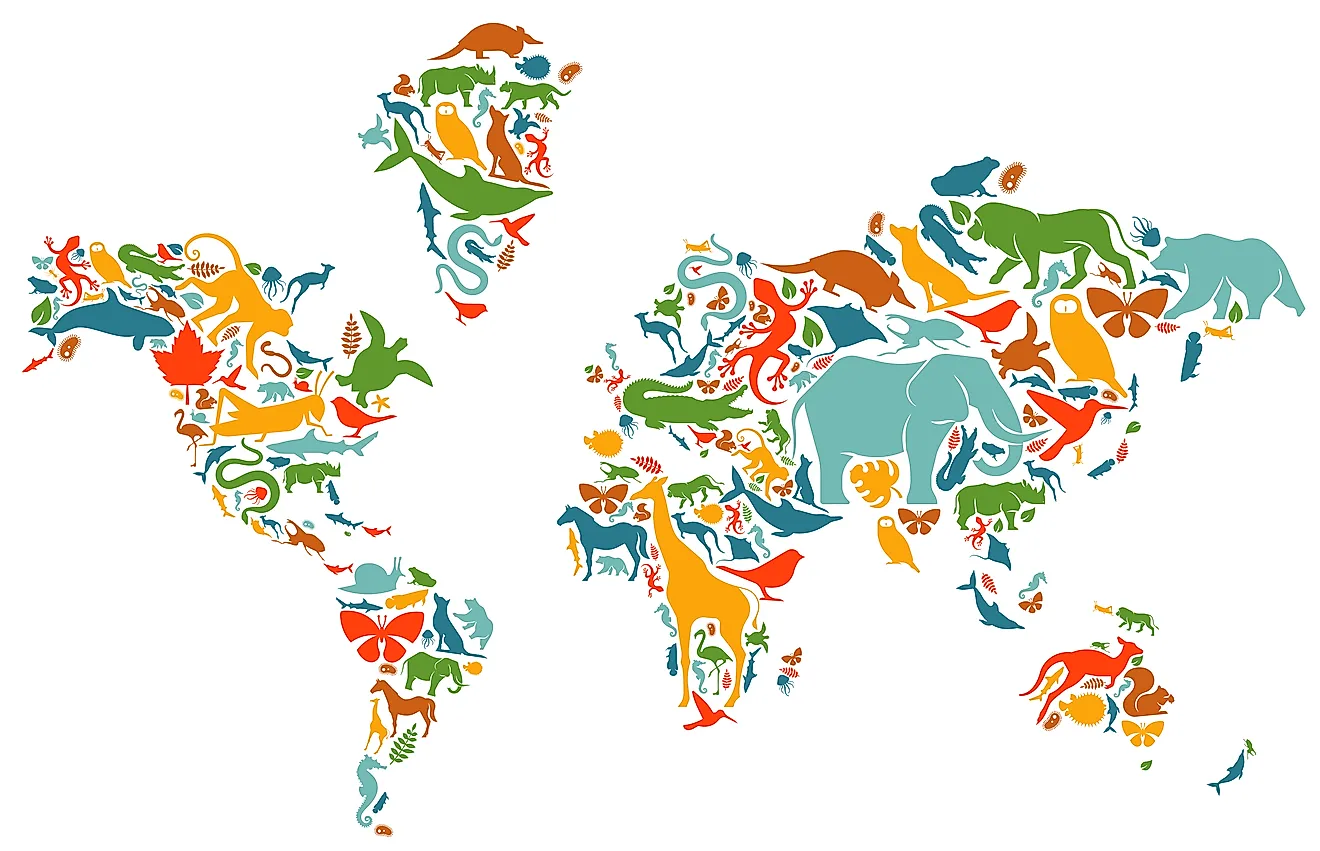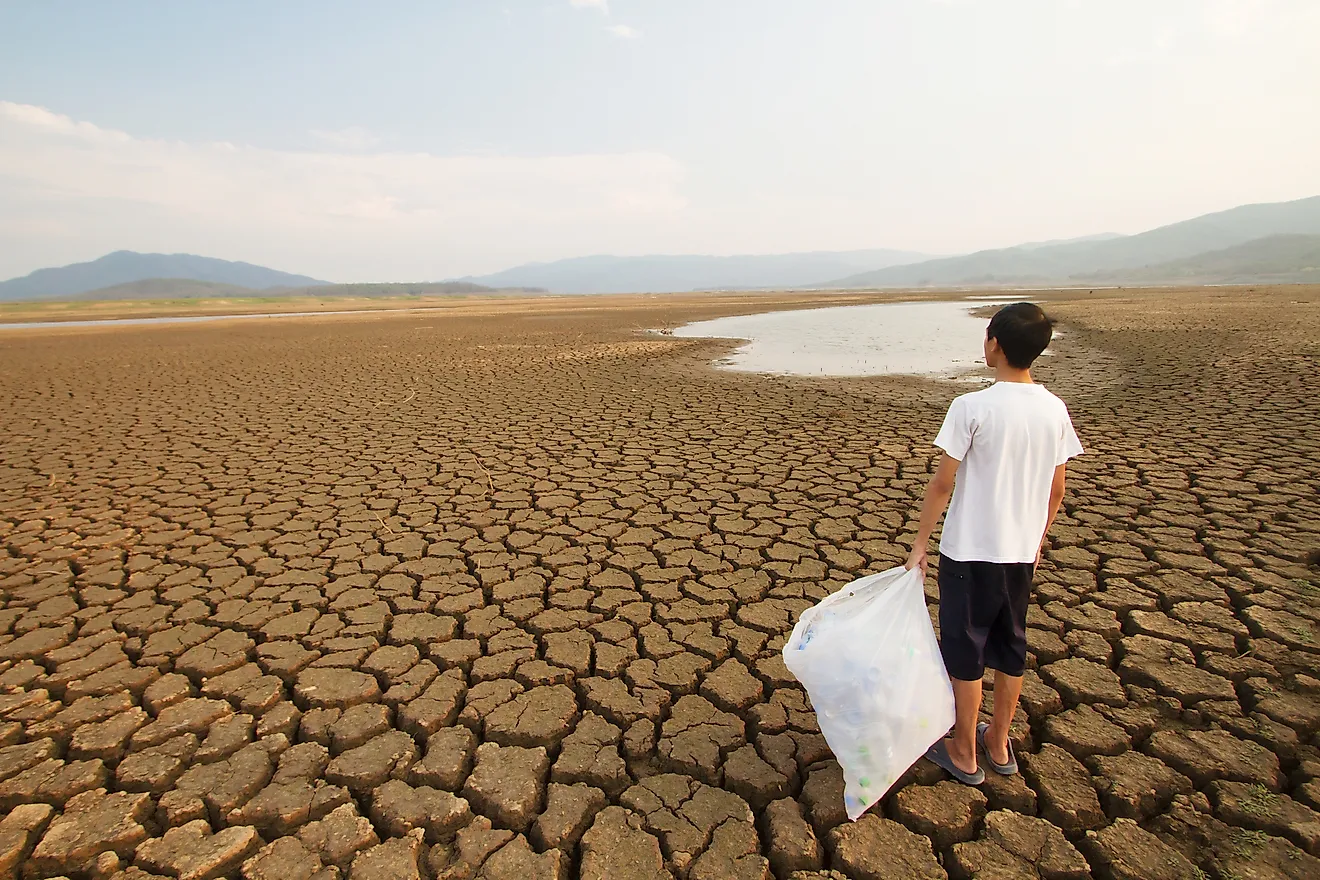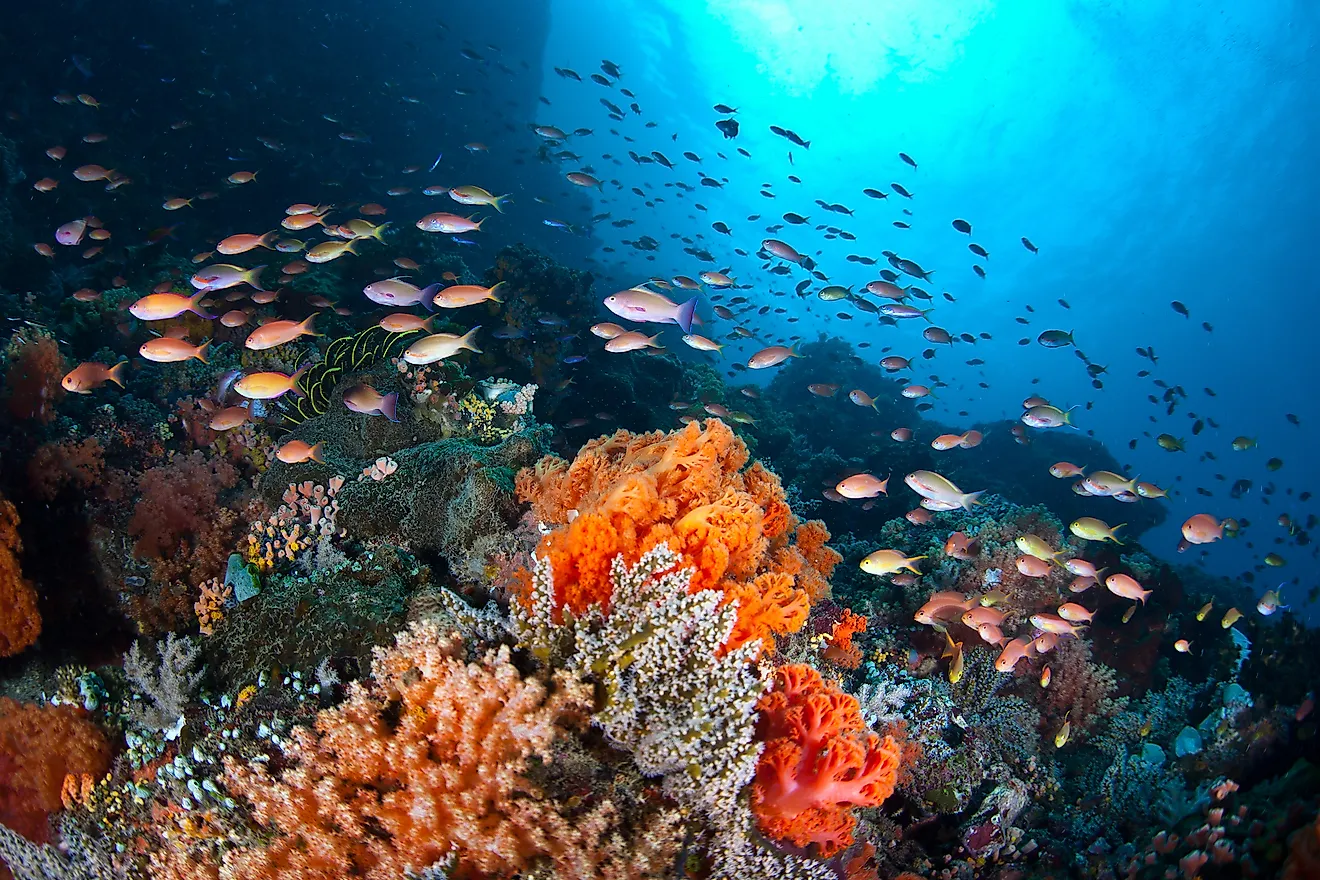Ecological Regions Of The United States

Ecological Regions of the United States
The US is a federal republic comprising 50 states and is the third largest country in the world with a total area of 3,676,476 square miles. The population of the country is 323,425,550, making it as one of the most populous countries in the world. The country is characterized by varied geographical features including different climatic types, significant natural features like mountains, forests, hills, and deserts among others are common in the country. Alaska is the highest peak in the country at an elevation of 20,310 feet above the sea level. The country is home to a wide range of biodiversity. There are over 17000 species of plants, 428 mammal species, over 300 species of reptiles and 91 species of insects. The country is divided into several ecological regions covering the 50 states.
Alaska Peninsula Montane Taiga
Alaska Peninsula Montane Taiga covers the Northern part of America. The climate in the area is dominated by high precipitation and moderate temperatures. Precipitation ranges from 600mm to 3300mm. The temperatures vary from -11 degrees centigrade during winter and 15 degrees Celsius during summer. Though the region is highly glaciated, it is free from frost due to the maritime climate. The major activities in Alaska Peninsula Montane Taiga include fishing, mining, and hunting. The ecological region is home to waterfowl, moose, squirrel, and the hare. Alaska Peninsula Montane Taiga has not suffered any significant destruction. The ecological region is still mostly intact. There are also protected areas within this ecological region that help protect it from human activities.
Alaska-St. Elias Range Tundra
Alaska-St. Elias Range Tundra is characterized by rugged mountains from the Alaska Peninsula to Alaska Range. This ecological region covers an area of 169091 square kilometers and experiences an annual precipitation of 400mm and a temperature range between -34 to 22 degrees centigrade. The region is also characterized by permanent ice while glaciation is common especially during summer. Alaska-St. Elias Range Tundra has not suffered much habitat loss or degradation. Damages to this region are attributed to the entrance to Denali National Park. Coal mining has also contributed to the loss of some habitat. Some of the protected areas in the region include Denali National Park, Lake Clark National Park, Denali State Park, and Tetlin National Wildlife Refuge. The government puts emphasis on the conservation of this ecological region.
Allegheny Highlands Forests
Allegheny Highlands Forests consist of two species of trees beech and hemlock accounts for more than 60% of all the trees in this ecological region. Other trees making up the region include sugar maple, white ash, white pine and black cherry. Most of these species came after the wind throw fires. Less than 1% of Allegheny Highlands Forests remains intact as a result of the deforestation and agriculture practiced in the region.The few blocks of habitat are also facing continued threat of destruction.
Conclusion
Other important ecological regions in the US include Appalachian Mixed Mesophytic Forests, Appalachian-Blue Ridge Forests, Arctic Coastal Tundra, Arctic Foothills Tundra, Arizona Mountains Forests, Atlantic Coastal Pine Barrens, Beringia Lowland Tundra and Beringia Upland Tundra. The major terrestrial biome includes Boreal Forests and Taiga, Temperate Broadleaf and Mixed Forests and Tundra.
Ecological Regions Of The United States
| Ecoregion | Terrestrial Biome |
| Alaska Peninsula Montane Taiga | Boreal Forests and Taiga |
| Alaska-St. Elias Range Tundra | Tundra |
| Allegheny Highlands Forests | Temperate Broadleaf and Mixed Forests |
| Appalachian Mixed Mesophytic Forests | Temperate Broadleaf and Mixed Forests |
| Appalachian-Blue Ridge Forests | Temperate Broadleaf and Mixed Forests |
| Arctic Coastal Tundra | Tundra |
| Arctic Foothills Tundra | Tundra |
| Arizona Mountains Forests | Temperate Coniferous Forests |
| Atlantic Coastal Pine Barrens | Temperate Coniferous Forests |
| Beringia Lowland Tundra | Tundra |
| Beringia Upland Tundra | Tundra |
| Blue Mountains Forests | Temperate Coniferous Forests |
| British Columbia Mainland Coastal Forests | Temperate Coniferous Forests |
| Brooks-British Range Tundra | Tundra |
| California Central Valley Grasslands | Temperate Grasslands, Savannas, and Shrublands |
| California Coastal Sage and Chaparral | Mediterranean Forests, Woodlands, and Shrub |
| California Interior Chaparral and Woodlands | Mediterranean Forests, Woodlands, and Shrub |
| California Montane Chaparral and Woodlands | Mediterranean Forests, Woodlands, and Shrub |
| Canadian Aspen Forests and Parklands | Temperate Grasslands, Savannas, and Shrublands |
| Cascade Mountains Leeward Forests | Temperate Coniferous Forests |
| Central and Southern Cascades Forests | Temperate Coniferous Forests |
| Central and Southern Mixed Grasslands | Temperate Grasslands, Savannas, and Shrublands |
| Central Forest-Grasslands Transition | Temperate Grasslands, Savannas, and Shrublands |
| Central Pacific Coastal Forests | Temperate Coniferous Forests |
| Central Tall Grasslands | Temperate Grasslands, Savannas, and Shrublands |
| Central U.S. Hardwood Forests | Temperate Broadleaf and Mixed Forests |
| Chihuahuan Desert | Deserts and Xeric Shrublands |
| Colorado Plateau Shrublands | Deserts and Xeric Shrublands |
| Colorado Rockies Forests | Temperate Coniferous Forests |
| Cook Inlet Taiga | Boreal Forests and Taiga |
| Copper Plateau Taiga | Boreal Forests and Taiga |
| East Central Texas Forests | Temperate Broadleaf and Mixed Forests |
| Eastern Cascades Forests | Temperate Coniferous Forests |
| Eastern Forest-Boreal Transition | Temperate Broadleaf and Mixed Forests |
| Eastern Great Lakes Lowland Forests | Temperate Broadleaf and Mixed Forests |
| Edwards Plateau Savanna | Temperate Grasslands, Savannas, and Shrublands |
| Everglades | Flooded Grasslands and Savannas |
| Flint Hills Tall Grasslands | Temperate Grasslands, Savannas, and Shrublands |
| Florida Sand Pine Scrub | Temperate Coniferous Forests |
| Great Basin Montane Forests | Temperate Coniferous Forests |
| Great Basin Shrub Steppe | Deserts and Xeric Shrublands |
| Hawaiian Tropical Dry Forests | Tropical and Subtropical Dry Broadleaf Forests |
| Hawaiian Tropical High Shrublands | Tropical and Subtropical Grasslands, Savannas, and Shrublands |
| Hawaiian Tropical Low Shrublands | Tropical and Subtropical Grasslands, Savannas, and Shrublands |
| Hawaiian Tropical Rainforests | Tropical and Subtropical Moist Broadleaf Forests |
| Interior Alaska-Yukon Lowland Taiga | Boreal Forests and Taiga |
| Interior Yukon-Alaska Alpine Tundra | Tundra |
| Klamath-Siskiyou Forests | Temperate Coniferous Forests |
| Middle Atlantic Coastal Forests | Temperate Coniferous Forests |
| Mississippi Lowland Forests | Temperate Broadleaf and Mixed Forests |
| Mojave Desert | Deserts and Xeric Shrublands |
| Montana Valley and Foothill Grasslands | Temperate Grasslands, Savannas, and Shrublands |
| Nebraska Sand Hills Mixed Grasslands | Temperate Grasslands, Savannas, and Shrublands |
| New England-Acadian Forests | Temperate Broadleaf and Mixed Forests |
| North Central Rockies Forests | Temperate Coniferous Forests |
| Northeastern Coastal Forests | Temperate Broadleaf and Mixed Forests |
| Northern California Coastal Forests | Temperate Coniferous Forests |
| Northern Mixed Grasslands | Temperate Grasslands, Savannas, and Shrublands |
| Northern Pacific Coastal Forests | Temperate Coniferous Forests |
| Northern Short Grasslands | Temperate Grasslands, Savannas, and Shrublands |
| Northern Tall Grasslands | Temperate Grasslands, Savannas, and Shrublands |
| Northwestern Hawaii Scrub | Tropical and Subtropical Grasslands, Savannas, and Shrublands |
| Ogilvie-MacKenzie Alpine Tundra | Tundra |
| Okanogan Dry Forests | Temperate Coniferous Forests |
| Ozark Mountain Forests | Temperate Broadleaf and Mixed Forests |
| Pacific Coastal Mountain Icefields and Tundra | Tundra |
| Palouse Grasslands | Temperate Grasslands, Savannas, and Shrublands |
| Piney Woods Forests | Temperate Coniferous Forests |
| Puget Lowland Forests | Temperate Coniferous Forests |
| Sierra Madre Occidental Pine-Oak Forests | Tropical and Subtropical Coniferous Forests |
| Sierra Madre Oriental Pine-Oak Forests | Tropical and Subtropical Coniferous Forests |
| Sierra Nevada Forests | Temperate Coniferous Forests |
| Snake-Columbia Shrub Steppe | Deserts and Xeric Shrublands |
| Sonoran Desert | Deserts and Xeric Shrublands |
| South Central Rockies Forests | Temperate Coniferous Forests |
| South Florida Rocklands | Tropical and Subtropical Moist Broadleaf Forests |
| Southeastern Conifer Forests | Temperate Coniferous Forests |
| Southeastern Mixed Forests | Temperate Broadleaf and Mixed Forests |
| Southern Great Lakes Forests | Temperate Broadleaf and Mixed Forests |
| Tamaulipan Mezquital | Deserts and Xeric Shrublands |
| Texas Blackland Prairies | Temperate Grasslands, Savannas, and Shrublands |
| Upper Midwest Forest-Savanna Transition | Temperate Broadleaf and Mixed Forests |
| Wasatch and Uinta Montane Forests | Temperate Coniferous Forests |
| Western Great Lakes Forests | Temperate Broadleaf and Mixed Forests |
| Western Gulf Coastal Grasslands | Tropical and Subtropical Grasslands, Savannas, and Shrublands |
| Western Short Grasslands | Temperate Grasslands, Savannas, and Shrublands |
| Willamette Valley Forests | Temperate Broadleaf and Mixed Forests |
| Wyoming Basin Shrub Steppe | Deserts and Xeric Shrublands |

